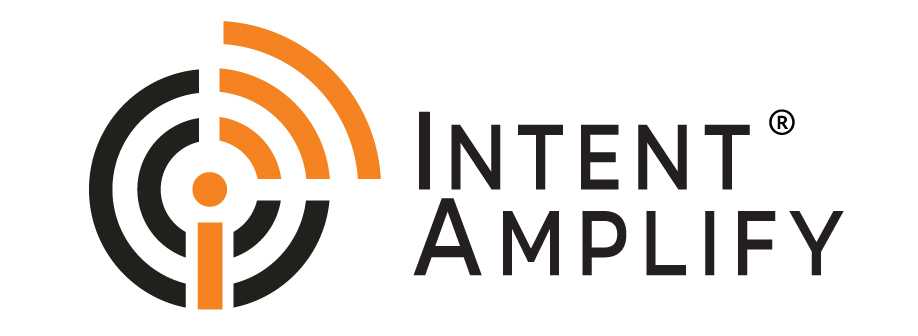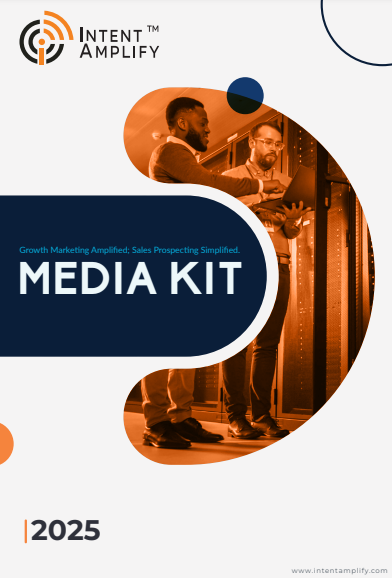
Intent Data vs Traditional Lead Scoring: What Works Best for ABM in 2025?
- Last updated on: June 17, 2025
“Through 2025, 67% of B2B marketers indicate intent data must be used to prioritize high-value accounts.” — Forrester, 2025 B2B Intent Marketing Outlook
Not every lead is created equal, and as the competition to engage high-value accounts earliest heats, the way we determine interest has transformed significantly. Conventional lead scoring used to provide a discernible framework to analyze prospect activity, but these days, in 2025, that is not sufficient. With buyers performing extended research through digital touchpoints, companies require more effective tools to detect genuine purchase intent early on. That’s where intent data enters the picture, transforming how marketers create Account-Based Marketing (ABM) strategies that are timely and accurate.
Intent data doesn’t merely tell you who is clicking a link—it informs you of who is actively investigating your solution on third-party sites. The move from reactive to proactive targeting has made all the difference for B2B teams trying to reduce sales cycles and enhance pipeline quality. Here, we decompose how intent data and traditional lead scoring operate, what their limitations and advantages are, and which model provides the highest results for ABM in 2025.
What Traditional Lead Scoring Is and How It Works?
Traditional lead scoring is a standard B2B marketing practice in which leads are given points based on their engagement with a company’s content and demographic characteristics. The scoring takes into account interactions such as email opens, content downloads, and attendance at a webinar, among others. Firmographic information, such as job function, company size, and industry match, is also taken into account by marketers to come up with an aggregate score. The lead is generally passed on to sales when a threshold is reached.
This approach operates on a rules-based logic: for example, downloading an eBook might score 10 points, while attending a product webinar might earn 25. The model depends heavily on direct engagement with your owned channels. While this system helps prioritize known leads, it lacks visibility into buyers who haven’t interacted with your brand but are actively researching similar solutions. In 2025, when consumers finish most of their journey anonymously through third-party sites, legacy scoring tends to raise leads too late, when purchasing intent elsewhere has already peaked.
2025 Limitations
The biggest challenge is visibility. In 2025, buyers tend to finish 70% of their path before filling out a form. Conventional scoring can’t follow anonymized research that occurs across third-party sites, resulting in lost opportunities and late outreach. It also treats all actions with the same value, irrespective of buyer intent. This can lead sales prioritization astray and create funnel inefficiencies. When teams only use conventional scoring, they will spend time on leads that seem engaged but aren’t necessarily in-market.
What Is Intent Data and Why Does It Matter in ABM?
Intent data are behavioral indicators collected from around the web that reflect a company or person’s interest in a specific subject or solution area. Unlike traditional lead scoring, intent data identifies anonymous behavior—keyword searches, topic research, or browsing industry-related content on third-party sites—much earlier than a lead ever completes a form. This allows B2B marketers to spot accounts studying particular issues long before a lead fills out a form.
Intent platforms collect information from a broad range of sources such as publisher networks, review websites, forums, and search activity. When several users within the same company show higher interest in a specific topic, the platform recognizes that account as surging or “in-market.” These surges are augmented with firmographic and technographic context to support prioritization in outreach for the sales and marketing teams.
Intent data is important in ABM because it enables teams to act sooner within the buying process. It assists marketers to craft customized messaging that resonates with the subjects a prospect is already researching. It eliminates guesswork, where outreach is delivered at the right time and aligned with the prospect’s real interests. In 2025, when relevance and speed are differentiators, intent data allows proactive strategies that beat reactive lead qualification.
What Works Best for ABM in 2025?
In 2025, success in ABM is determined by how soon and precisely you can find the right accounts. Lead scoring remains effective for qualification, but intent data excels at discovery, velocity, and contextually relevant information. Lead scoring informs you about who has engaged with your content, while intent data informs you about who is researching your category, even if they have not touched your brand.
Typical lead scoring is confined to your owned properties. As purchase journeys get increasingly digital and decentralized, this back-looking strategy can’t keep up. At the same time, intent data allows you to identify skyrocketing interest in real time, so you can engage ABM plays at the first available stage. The accuracy and timing benefits provided by intent data are particularly important for extended sales cycles and intricate buying committees.
ABM Needs Have Changed
The ABM of today demands accurate timing and personalization. Account representatives need to understand not only who qualifies as the ICP, but also who is in consideration for your solution category. Classic scoring slows down this recognition, whereas intent data does so at a faster rate. In an era where buyer attention is in short supply and competition is keen, responding to intent enables teams to break through distraction and create value when it has the greatest impact.
The Hybrid Method
- The best approach combines both:
- Use intent data to identify exploding accounts
- Confirm with the fit data in CRM
Employ scoring logic to rank inside the buying committee. This framework enables pipeline acceleration, account alignment, and marketing-sales orchestration. It guarantees that efforts are not only personalized and precise but also scalable by segment.
Why Intent-First ABM Triumphs in 2025?
Top-performing ABM teams today turn to intent-first strategies to bring ready-to-buy accounts online quicker. For instance, a fintech company applying intent data to monitor “compliance automation” achieved a 38% shorter sales cycle and a 52% improved conversion in targeted accounts. These results highlight the extent to which early insight translates to performance improvement.
# Real Time Signals Create Real-Time Advantage
With real-time surge alerts, SDRs no longer pursue cold leads. Rather, they pitch with precision based on specific topics of interest. This yields higher response rates and more substantial conversations. Traditional scoring cannot match the immediacy and depth to enable such nimble engagement.
# More Personalized Outreach Yields Better Results
By knowing what a buyer is inquiring about, marketers can provide highly relevant campaigns, increasing engagement and trust. Scoring traditionally can’t provide this degree of granularity or real-time actionable information. With buyer-centric personalization, ABM campaigns are more relevant, less obtrusive, and much more effective.
Final Verdict: Intent-Led, Scoring-Supported
Intent data is now at the core of ABM. While lead scoring remains useful in qualification, it is no longer adequate on its own. The future is intent-led engagement, augmented by scoring models and corroborated by CRM data.
Invest Where It Matters Most
In order to compete in 2025 and beyond, B2B marketers need to deploy platforms and processes that expose the right accounts at the right moment. Intent data provides that key advantage, and when used intelligently in combination with scoring systems, it becomes a multiplier for growth.
FAQs
1. What is the difference between intent data and lead scoring?
Intent data gathers anonymous purchase signals from throughout the web; lead scoring scores known leads on how they’ve interacted with your content.
2. Are small ABM teams able to use intent data?
Yes. Intent packages for scalable platforms are now available for SMB budgets, and even sparse intent signals beat traditional scoring alone.
3. Do I have to have both systems?
Ideally, yes. Intent data shows you the opportunities early on, and lead scoring internalizes the prioritization.
4. How do I know that an intent signal is correct?
Watch for surges across multiple contacts at the same account, align topics to your solution, and confirm with CRM engagement over time.
5. How does intent data play into ABM platforms in 2025?
All of the top ABM tools are now direct intent vendor integrators, syncing surge signals with campaigns, CRM fields, and personalization engines.




